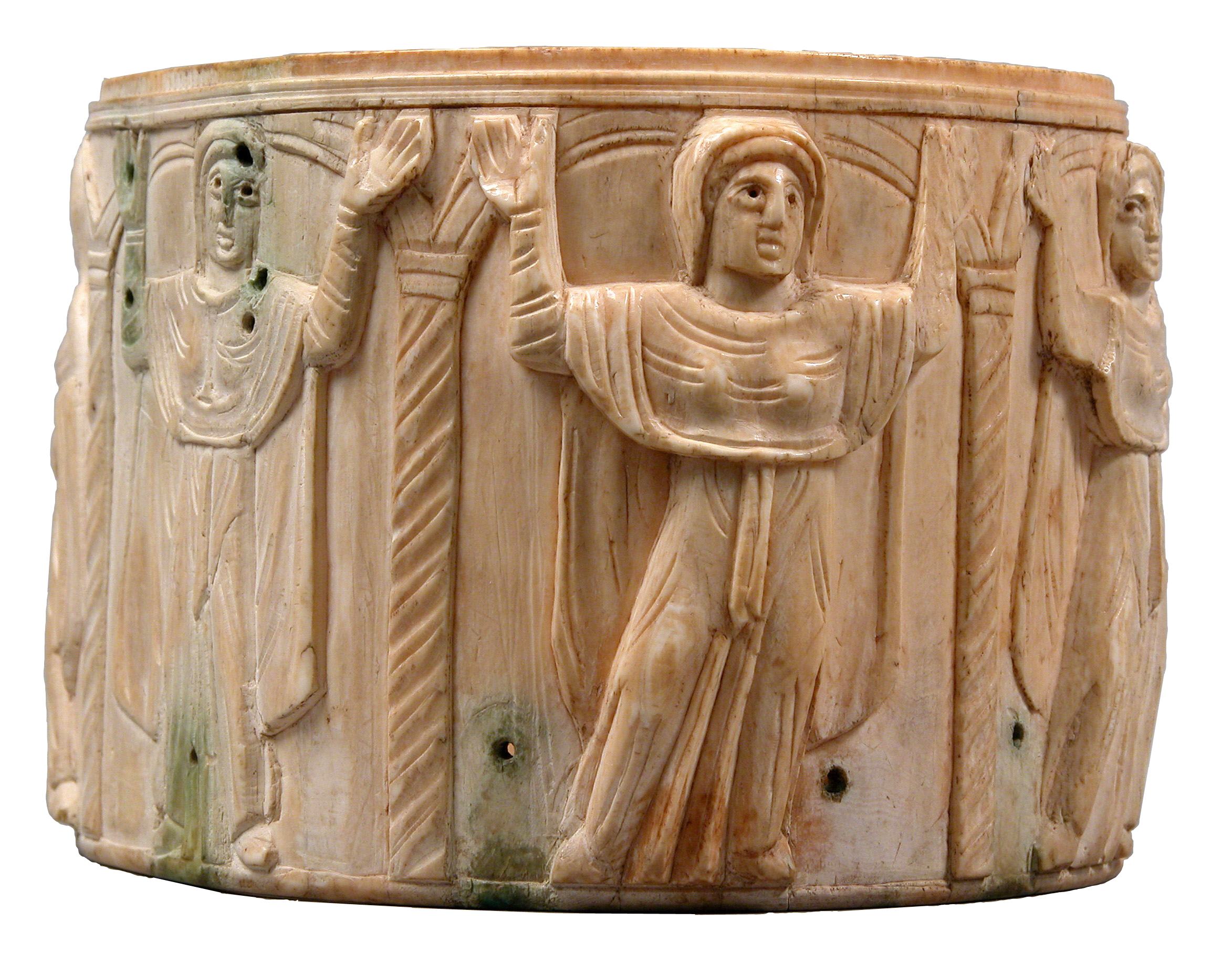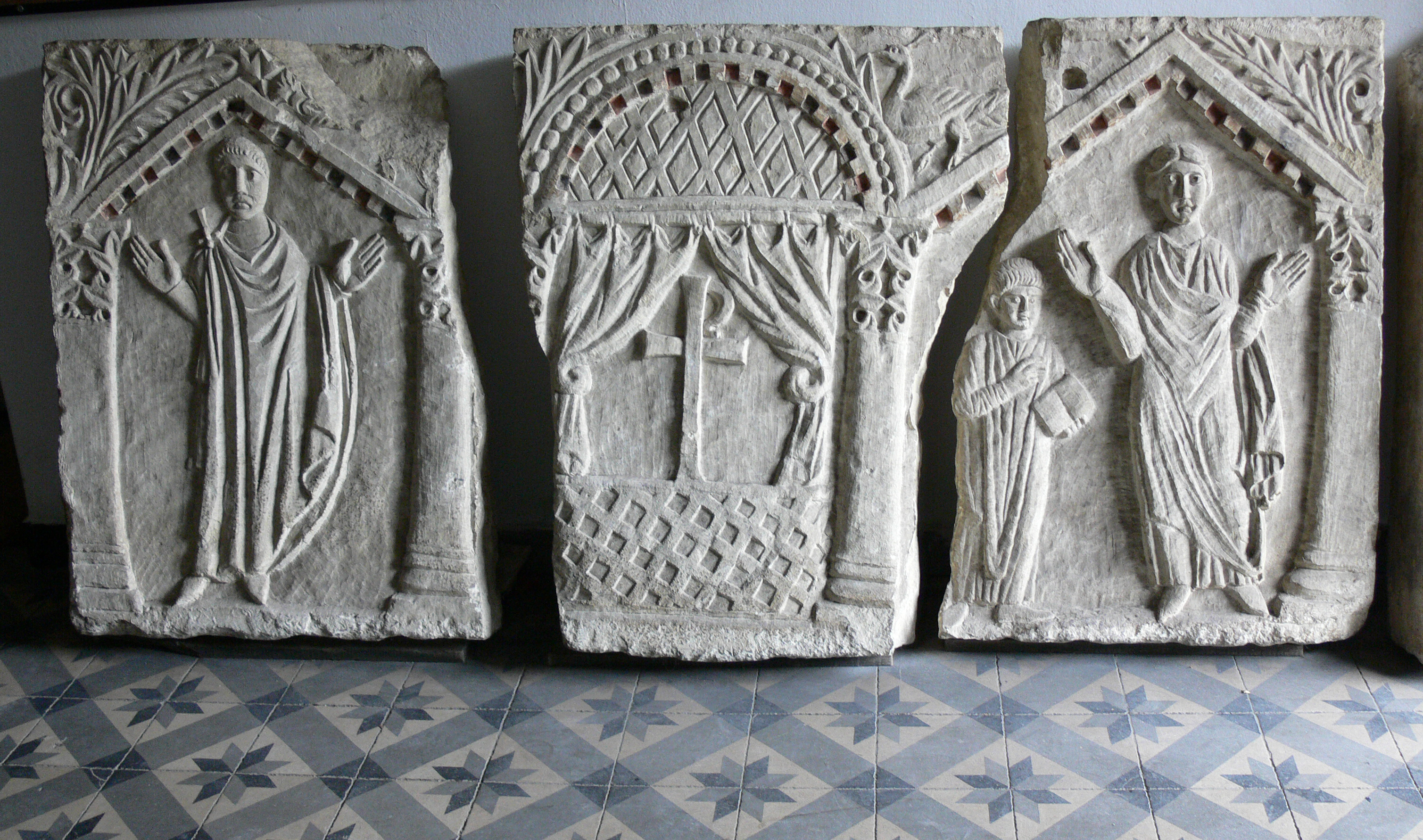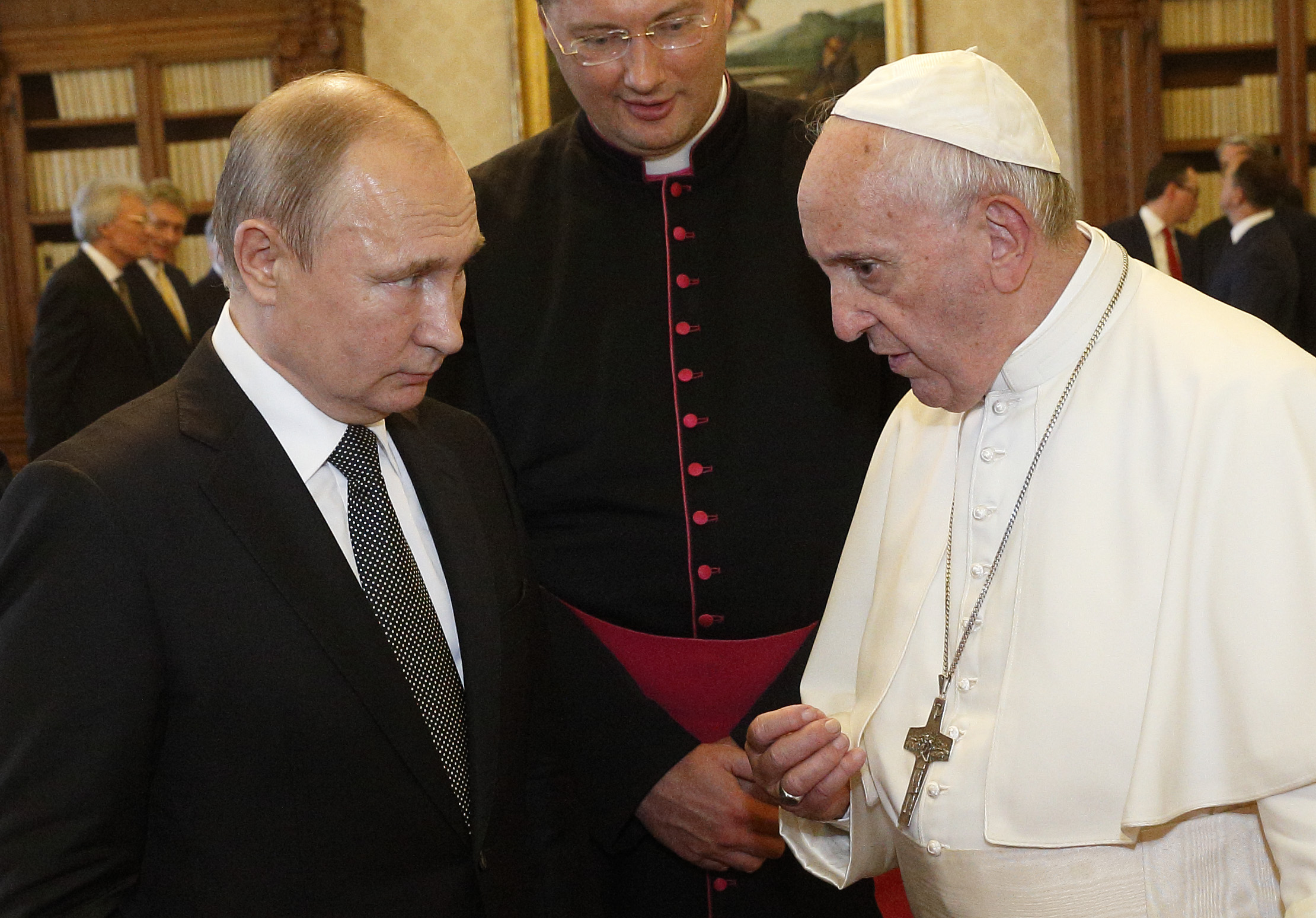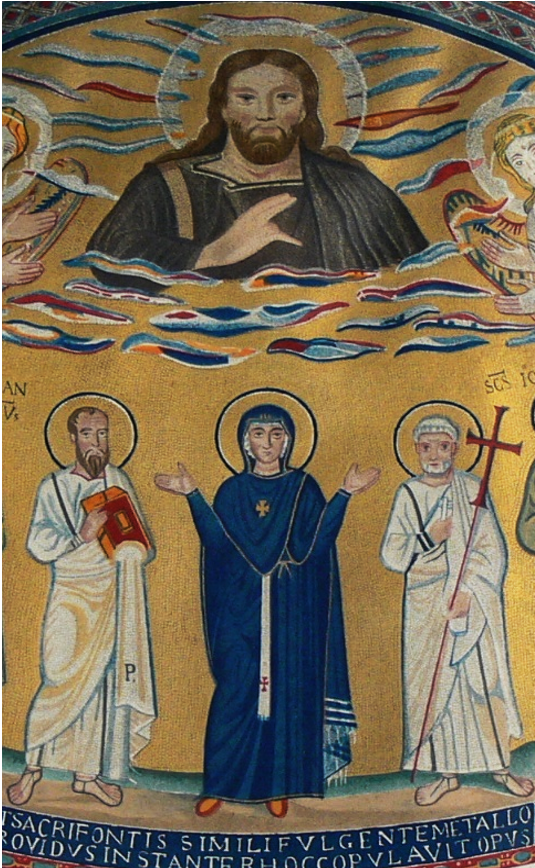The debate over female ordination inside the Catholic Church hinges on the role of women in early Christianity.
When he addressed the question of women deacons, the Pope said a commission he set up to look at the historical origins of deaconesses, could not agree over whether they had received sacramental ordination or not.
He told a group of leaders of religious sisters last month: "I cannot make a sacramental decree without a theological, historical foundation.”
How much emphasis can be given to art or artefacts from the early church?
Dr Ally Kateusz, a research associate at the Wijngaards Institute and a historian, believes there is plenty of evidence to show women were present at the altars.
She was in Rome this week to present her case at the Pontifical Gregorian University in a lecture and to discuss the findings in her book “Mary and Early Christian Women: Hidden Leadership,” published this year by Palgrave Macmillan.
In this book, Dr Kateusz examines fifth-century artefacts from Old Saint Peter’s Basilica, Rome, and the Hagia Sophia, Constantinople which appear to depict women in liturgical roles.
“They show the early Christian liturgy as it was performed at that time,” she told me while she was in Rome. “A gender parallel liturgy – men and women at the altar.”
Dr Kateusz argument is that the first Christians were influenced by Jewish sects such as the Therapeutae, a group which existed outside of Alexandria, and which gave men and women roles when they worshipped.

Third-oldest artifact to portray people at the altar of a real church; A-C Anastasis, Jerusalem
“The overarching theology for the liturgy would have been 'there is neither Jew nor Greek, because both Jew and Greek were leaders in the ecclesia; there is neither free nor slave, because both were leaders in the ecclesia; and there is neither male nor female, and both were leaders in the ecclesia',” she says.
The academic is a historian of late antiquity who has taught at Webster University in Missouri and the University of Missouri-Kansas City. Her interests, she says, are primarily cultural and historical, rather than theological.

One of the two oldest artifacts to portray people at the altar of a real church; Second Hagia Sophia, Constantinople, Stone sarcophagus front, ca. 430
In her book, Dr Kateusz also points to a mosaic San Venantius chapel in the Lateran Baptistery, Rome that shows Mary wearing what appears to be a pallium, a symbol of episcopal authority given to new archbishops. She cites one Russian art historian, Alexei Lidov, describes the 7th-century mosaic as a symbol of Mary’s priesthood. In 1916, however, the Vatican forbade images of Mary dressed in vestments, and the image was later obscured.
Dr Kateusz is not the only person to have examined the role of women in the church by studying art and artefacts. In her 2017 book “Crispina and Her Sisters: Women and Authority in Early Christianity,” (Fortress Press), Sister Christine Schenk that the art on sarcophagi from the 3rd-5th centuries shows women teaching and preaching.
The US-based Sister of St Joseph was inspired to write the book after a visit to the Pio Cristiano museum of Christian antiquity in the Vatican museums twelve years ago where she noticed a woman centrally featured holding a book in preaching mode surrounded by male disciple figures.



 Loading ...
Loading ...